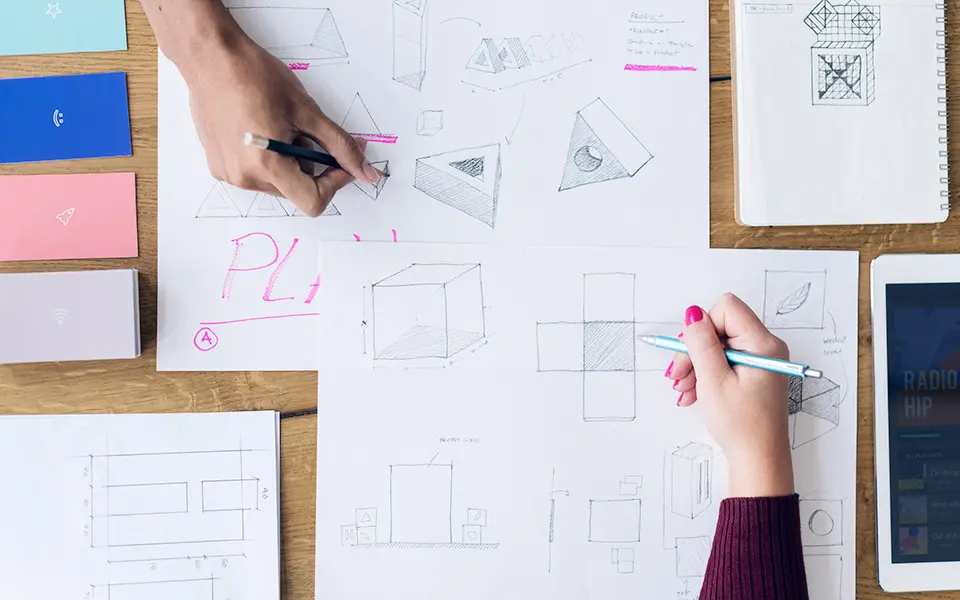Understanding Color Psychology
Color is more than just a visual element—it’s a powerful tool that can influence emotions, drive engagement, and strengthen brand recognition. In digital design, understanding color psychology is crucial for creating meaningful user experiences.
The Foundations of Color Theory
Primary Color Relationships
- Complementary Colors: Colors opposite on the color wheel
- Analogous Colors: Colors adjacent to each other
- Triadic Colors: Three colors equally spaced around the color wheel
- Monochromatic: Different shades and tints of the same color
Color in Digital Applications
Brand Identity
Creating a consistent color palette helps establish and reinforce brand identity across digital platforms:
- Primary brand colors for main elements
- Secondary colors for supporting elements
- Accent colors for calls-to-action
- Neutral colors for balance
Accessibility Considerations
- Maintain WCAG color contrast guidelines
- Consider color blindness in your design choices
- Provide alternative visual cues beyond color
Practical Color Applications
Website Color Schemes
- Header and Navigation: Usually brand colors or neutral tones
- Content Areas: Light backgrounds for readability
- Call-to-Action Buttons: Contrasting colors for visibility
- Footer: Often darker or complementary to the header
Color in User Interface Design
- Feedback Colors
- Success: Often green
- Error: Usually red
- Warning: Typically yellow or orange
- Information: Commonly blue
- Interactive Elements
- Hover states
- Active states
- Disabled states
Tools and Resources
Modern digital designers have access to numerous tools for color selection:
- Color palette generators
- Accessibility checkers
- Color scheme extractors
- Digital color wheels
Future Trends in Color Design
As digital design evolves, new trends in color usage emerge:
- Dynamic color schemes
- Dark mode considerations
- Context-aware color adaptation
- Color systems for design at scale
Remember that effective color usage in digital design requires both artistic sensitivity and technical understanding. The best color choices are those that serve both aesthetic and functional purposes while maintaining accessibility for all users.





